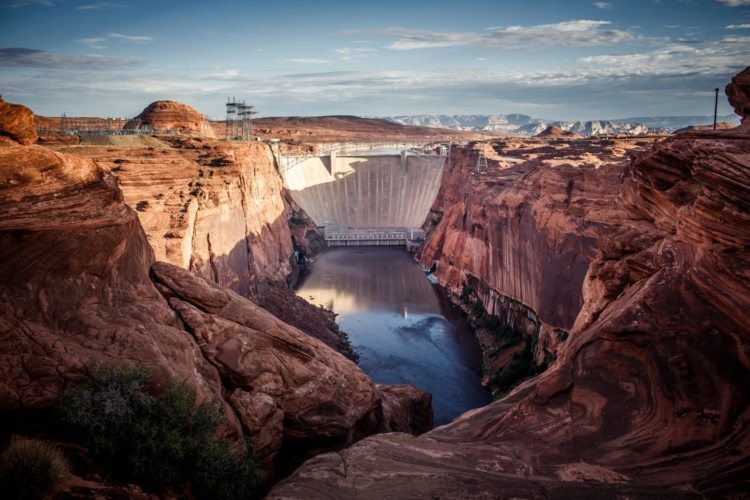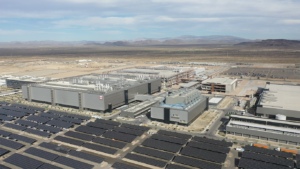Arizona State University’s Kyl Center for Water Policy at the Morrison Institute is empowering Arizona communities to build a more resilient water future with easy-to-understand, accessible water information that makes informed policymaking easy.
The Kyl Center, named after retired U.S. Sen. Jon Kyl, was made possible by a $1 million donation from the Morrison family in 2014, according to the Kyl Center’s website. With the mission of finding consensuses for lasting water policies and solutions, the center engages with a diverse group of stakeholders to collectively work toward community solutions that address Arizona’s water shortage and the state’s current water challenges.
READ ALSO: Analysis: Arizona boasts strong record on water management
According to NPR, climate change has been challenging the way Western water systems operate. Research, engineering, water policies and water allocation plans were all framed around the idea that the climate would remain constant. However, for most Southwestern states, this past year has been the driest or second driest year since record-keeping began in 1895, making previous systems more and more irrelevant.
Re-evaluating the state’s water systems has proven to be difficult as shortages increase and demand does not.
One way the center is working to find new, sustainable water practices is through its Arizona Water Blueprint, an interactive map that showcases state-wide water infrastructure and policy information into an easily accessible and understandable map.
“We knew that there were agencies in Arizona ‑- the federal government and others — that were creating … maps with a lot of data, and it seemed like it would be really helpful to pull those together in one place,” Kyl Center director Sarah Porter said. “They develop these layers mostly for internal purposes, but it’s not a state agency’s job to necessarily commit a lot of their resources to getting the information out into people’s hands, but we felt it should be.”
The blueprint provides a holistic view of water policy and infrastructure through the use of more than 50 layers showcasing things such as impaired bodies of water, critical animal habitats, irrigation districts, water withdraw wells and more.
The blueprint has become a reference for statewide agencies to reference when educating themselves and others on water policy, said Susan Craig, Kyl Center water policy analyst and lead blueprint developer.
“I feel like I’m sort of in this consultant role lately,” Craig said. “Just over the past couple of months a lot of people have been reaching out to us and asking us how we did this project and how they can do something similar.”
The Kyl Center is unique in the fact that it does not compete with any other water agencies or efforts, but rather serves as a reference and line of communication between competing groups to facilitate inclusive and harmonious decision making, Craig said. When the blueprint launched in June 2020, it became the state’s first water infrastructure and policy model to be made by a nonpartisan entity.
“The modeling that they do is good, but many of the choices about the models themselves are politically driven because those agencies are regulators and their job is to implement rules and laws,” Porter said.
“We have an agency that manages water supply for seven states and Mexico, and it does the modeling — and the modeling that it does is good — but many of the choices about the model itself are politically driven,” Porter said. “We are able to sort of step away from the politics and… model scenarios that we have scientific support for actually being a possibility.”
Barbara Quimby, postdoctoral research scholar at the Kyl Center, works directly with stakeholders to facilitate platforms that encourage consensuses for policy change.
“You don’t expect conservationists, and agriculturalists, and developers and all these different stakeholders to be able to come together and sit at the table and find common ground and find solutions and even just agree on what the problem is, but I’ve seen this group actually do that, and do it very quickly and do it through COVID,” Quimby said. “I think that was quite impressive and quite humbling for me.”




